Last Updated on November 15, 2025 by Emma Fajcz | Published: June 8, 2018
The popularity of tapas has skyrocketed on the international gastronomic scene in recent years. But what are tapas, exactly? And how do you define the culture around tapas in Spain?
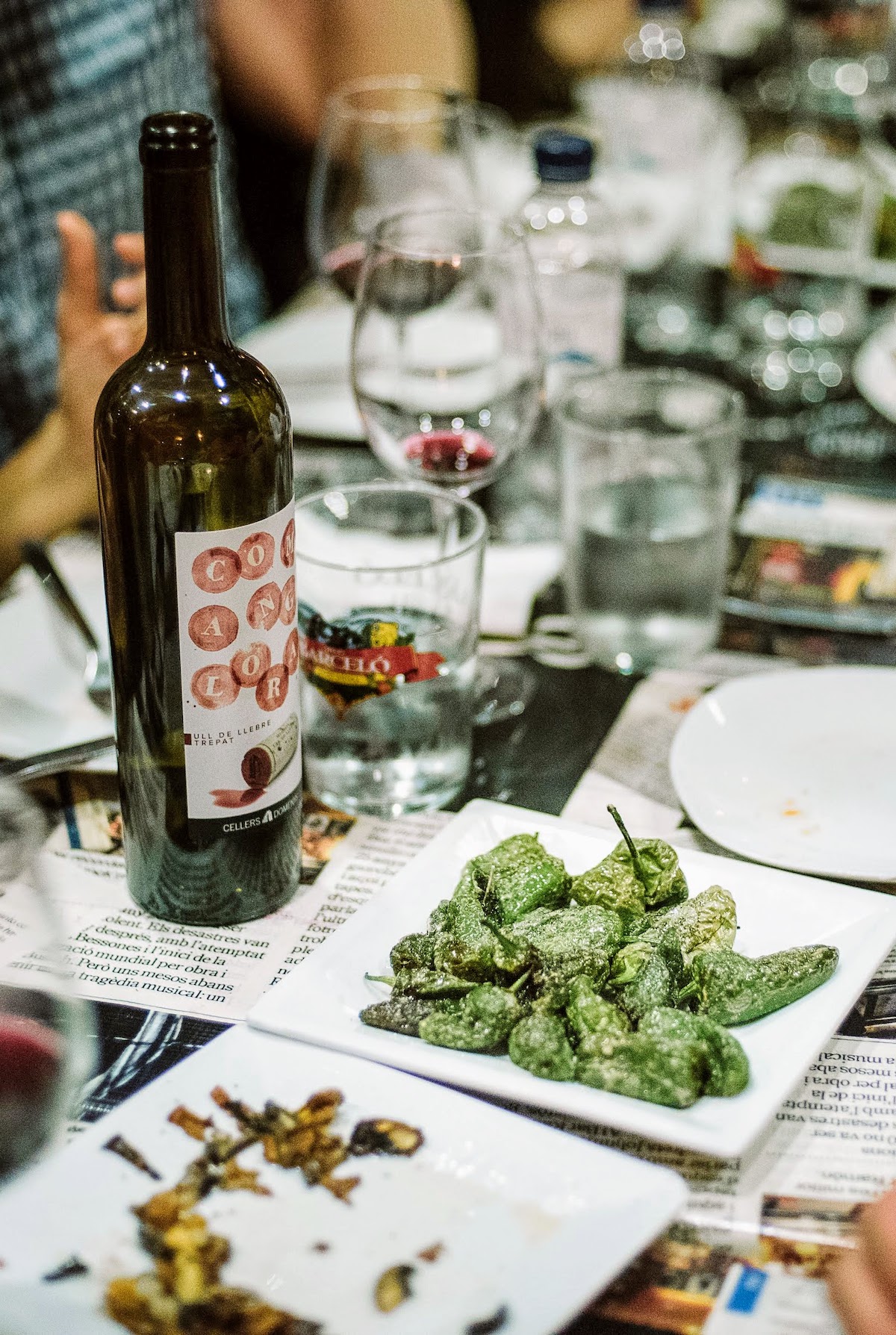
Ask any self-proclaimed foodie to define “tapas,” and they’ll probably tell you something along the lines of “Spanish small plates.” That answer is correct in some cases, but not always. Yes, tapas are undoubtedly Spain’s most iconic contribution to world cuisine, but they’re so much more than simply small plates. (In fact, many times they’re not “small” at all!) Tapas aren’t just food here in Spain—they’re an integral part of our culture.
All that being said, Spain is a large and diverse country with 17 unique autonomous communities. A tapas crawl in Madrid can be totally different than one in Andalusia. The one constant is that no matter where you plan on enjoying tapas in Spain, you’re sure to have an incredible time.
Andalusia
The sun-drenched, southernmost region of the country may be one of the most idyllic places to enjoy tapas in Spain. (Mostly) excellent weather year-round and a comfortable, laid-back lifestyle make Andalusia the perfect place for a tapas crawl, no matter what city you’re in. As a bonus, bars in many cities and towns throughout the region still practice the age-old art of giving you a free tapa with every drink you order. This practice is the norm in Granada (where it would be strange to not get a complimentary tapa) and Córdoba, but not so much in Seville. However, even if they don’t come free, Andalusian tapas are still delicious in their own right.
Top tapas
Home to hundreds of kilometers of beautiful coastline, Andalusia serves up some of the best seafood tapas in Spain. Some of the best pescaíto frito (fried fish) will practically melt in your mouth. Also worth mentioning are the espetos (grilled sardines) that are especially popular in Malaga. If you’re looking for something refreshing, order a tapa of chilled soup. Gazpacho, salmorejo (similar to gazpacho, but thicker) and ajo blanco (chilled garlic and almond puree) are some of our favorites.
Love tapas? Want to discover some of the best in Seville along with an expert guide? Join us on our Seville Tapas, Taverns & History Tour.
What to drink
You can’t eat tapas in Andalusia without washing them down with a crisp glass of sherry. This fortified wine is produced exclusively in southern Spain and makes a great accompaniment to any round of tapas.
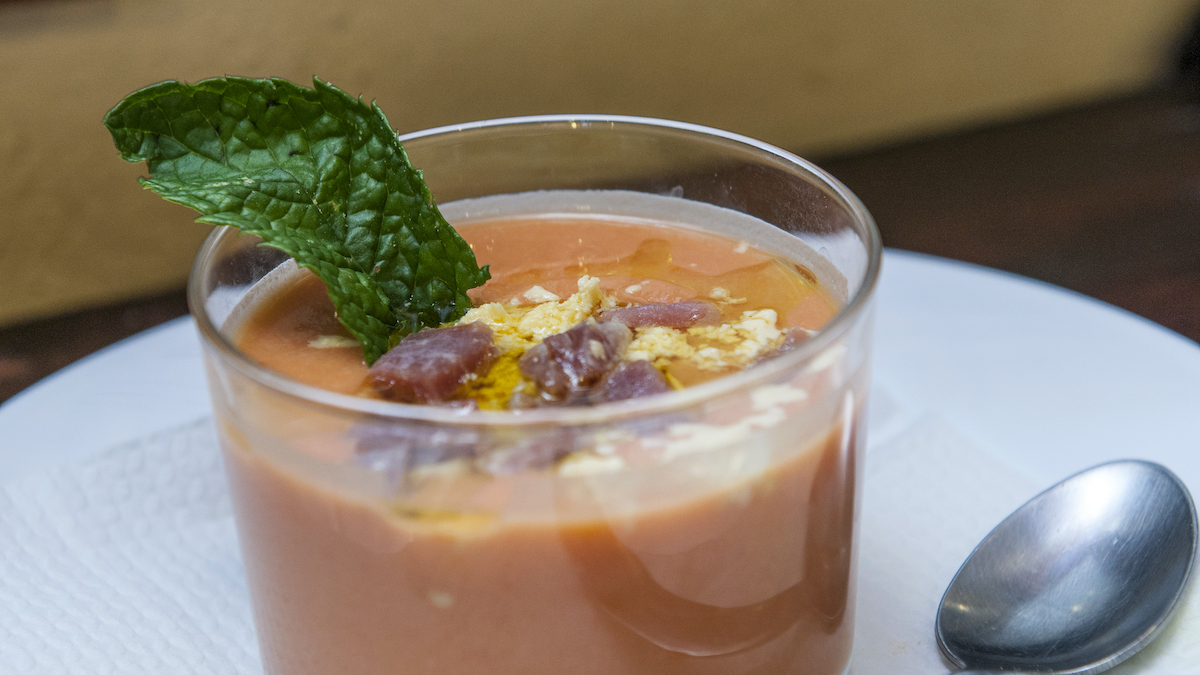
Aragón
Despite being one of the largest autonomous communities in Spain, Aragón is a true hidden gem. While not as well-known as Andalusia, it can be one of the best places to enjoy tapas in Spain like a local. Regional capital Zaragoza is home to a thriving tapas district, where family-run bars that have been around for generations stand proudly beside up-and-coming gastropubs serving up innovative, modern tapas. Teruel is home to some of the best pork-based tapas in Spain, which often come in quite large portions that are closer to raciones than the small plates many people consider tapas to be.
Top tapas
Tapas in Aragón tend to be hearty, meaty dishes that might remind you of an abuela‘s home cooking. One of the must-try dishes in this region is ternasco, or tender roast lamb marinated in a wine-based sauce. Additionally, you can’t leave Aragón without trying their prized cured meats, which are among the best in the country. Teruel produces excellent cured ham. The regional arbiello and longaniza sausages are worth a try as well.
What to drink
Aragón produces some excellent and underrated wines. Look out for D.O.s Cariñena, Campo de Borja, Calatayud and Somontano.
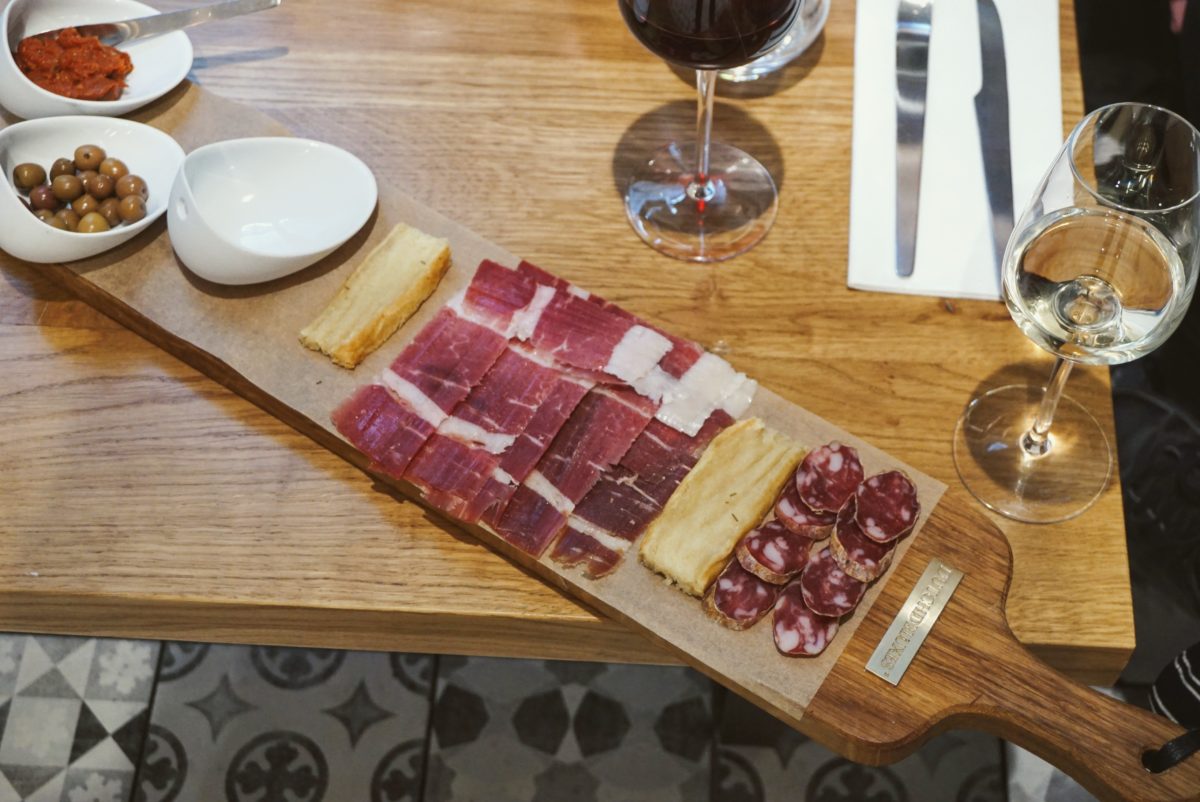
Asturias
A gorgeous region tucked along Spain’s northern coastline, Asturias may not be on many tourists’ radar just yet. However, the overwhelming majority of visitors agree that it is truly one of Spain’s few remaining unspoiled, pristine destinations. Even in larger cities like Gijón and Oviedo, many eateries still retain a charming, old-world feel that make going out for tapas feel like going to your favorite hometown bar. Don’t miss the sidrerías, either—these traditional cider houses are a must for the full foodie experience.
Top tapas
Tapas from the region worth a try are queso cabrales (a creamy blue cheese with a sharp, salty taste) and chorizo a la sidra (chorizo cooked in that delicious Asturian cider). And, of course, we can’t talk about Asturian food without mentioning fabada. It’s worth skipping the tapas altogether for at least one meal to try this hearty bean-based stew that will warm your heart and soul.
What to drink
Speaking of cider, that’s exactly what you need to wash down your tapas in Asturias. If you’re up for the challenge, try pouring it the traditional way—by holding the bottle above your head!
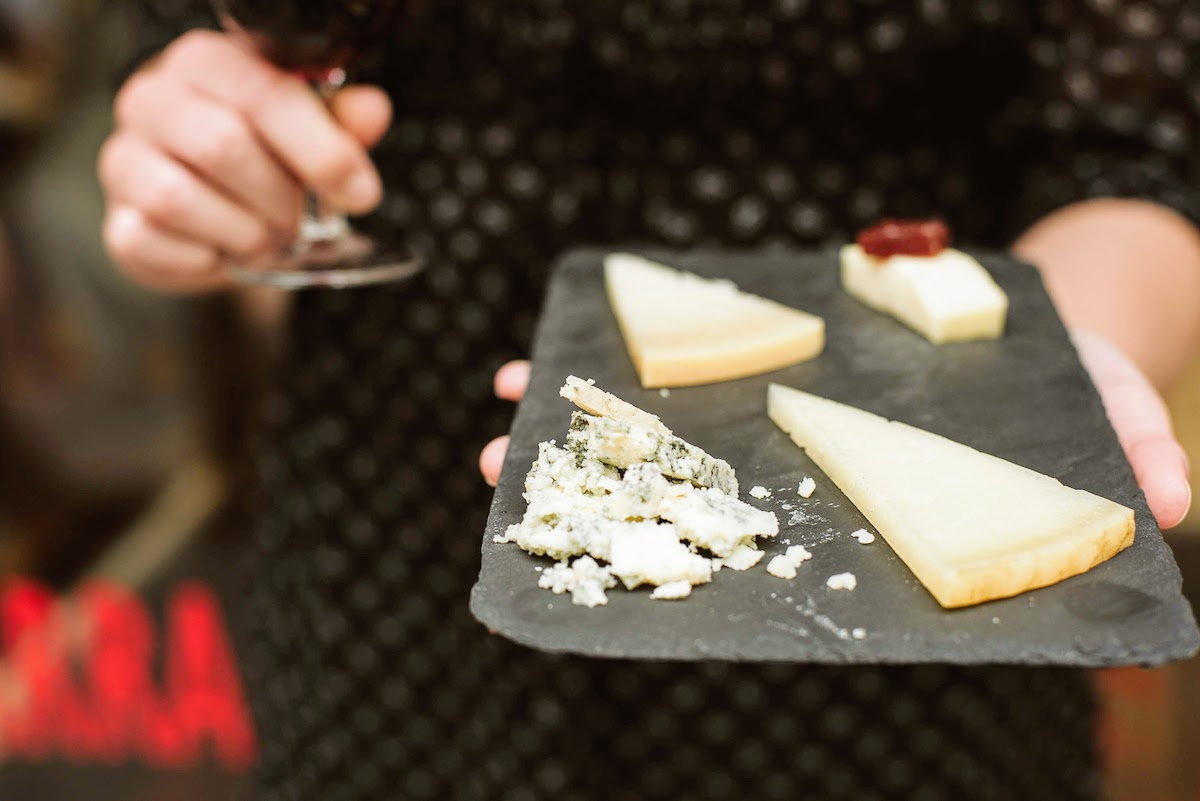
Balearic Islands
If you’re hungry for some tapas in Spain and the sunny shores of the Balearic Islands are calling, you’re in for a treat! Located just off of Spain’s eastern Mediterranean coast, this island community is home to an eclectic mix of both traditional tapas as well as recipes verging on exotic. Ibiza’s iconic party culture means there’s no shortage of bars, and there are plenty to be found on the other three islands as well.
Top tapas
We can’t get enough of sobrasada—think of it as like a spreadable version of chorizo. It’s one of the most beloved tapas from the islands. A tapa of mahón cheese from Menorca is always a good idea as well. Additionally, you’ll find plenty of fresh Mediterranean seafood among the tapas options here, as well as some of the best caracoles in Spain.
What to drink
It depends where you are! Each of the islands produces their own unique liquors. Try Xoriguer gin in Menorca and aromatic hierbas ibicencas in Ibiza. Plus, you can never go wrong with a glass of rich D.O. Binissalem wine from Mallorca.
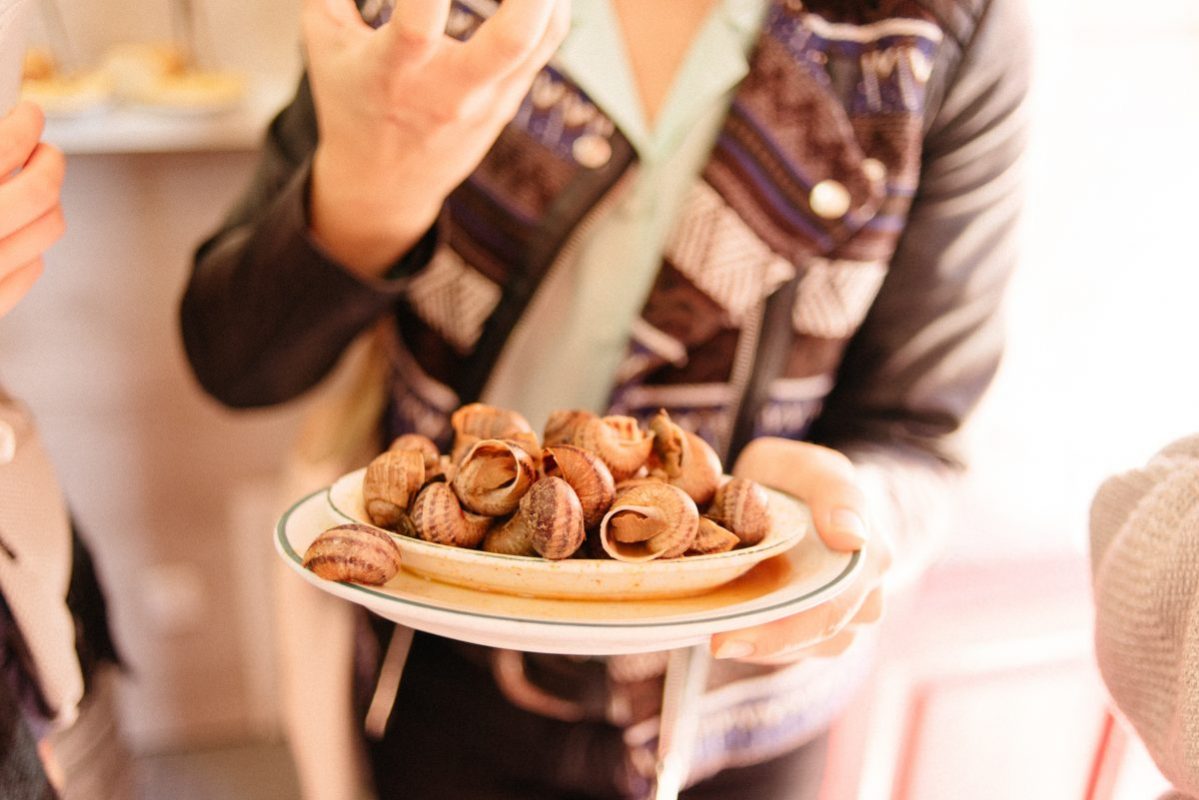
Basque Country
The Basque Country isn’t just home to some of the best tapas in Spain (they’re not actually called “tapas” here, but more on that in a bit). It’s home to some of the best food in the world, period! San Sebastian is widely considered to be one of Europe’s top cities for foodies. Here, and all over the region, locals love going out for pintxos, as they call them in Basque. Pintxos bars can range from traditional to modern, but the one thing they all have in common is their commitment to using fresh, quality ingredients to create some of the best food in the world.
Top tapas
Choosing from among the wide variety of pintxos available can be overwhelming. Start with a simple classic: the gilda (an anchovy, an olive and a guindilla pepper all skewered together). It might not sound like much, but the flavor combination will blow you away. Next, try some of the region’s incredible seafood, such as mejillones tigres. These fresh “tiger mussels” get their name from their spicy, tomato-based sauce.
Pintxo culture holds a special place in our hearts! If you’re eager to uncover the crème de la crème and immerse yourself in a delightful evening in San Sebastian, accompanied by an expert guide, come along with us on our Centro Neighborhood Pintxos Tour.
What to drink
You can’t have pintxos without txakoli. This semi-sparkling white wine is produced exclusively in the Basque Country. It makes a perfectly refreshing accompaniment to any of the region’s spectacular food. Additionally, the Basque Country is one of Spain’s foremost producers of cider alongside Asturias.

Canary Islands
Historically an important stop for Spanish sailors returning from the New World, the Canary Islands are home to some of the most diverse tapas in Spain. In addition to Latin American and traditional Spanish influences, dishes here also take cues from Northern African cuisine due to the islands’ location off the coast of the continent. However, don’t look for “tapas” here. Like the Basque Country, the Canary Islands use their own word to describe tapas: enyesque.
Top tapas
Each island has its own unique cuisine and culture, but one enyesque standby is papas arrugadas con mojo. It consists of “wrinkled potatoes” covered in spicy red mojo picón sauce. This is one of the most beloved tapas-style dishes on the islands, but it can also be served with meat and fish to create a heartier, fuller meal.
What to drink
Some of the most unique and unrivaled Spanish wines come from the islands. One particular standout is the D.O. Lanzarote wine, especially that produced at Bodegas El Grifo. As one of the oldest bodegas in Spain, it produces unbelievably rich, ashy wines from grapes grown in volcanic sand.
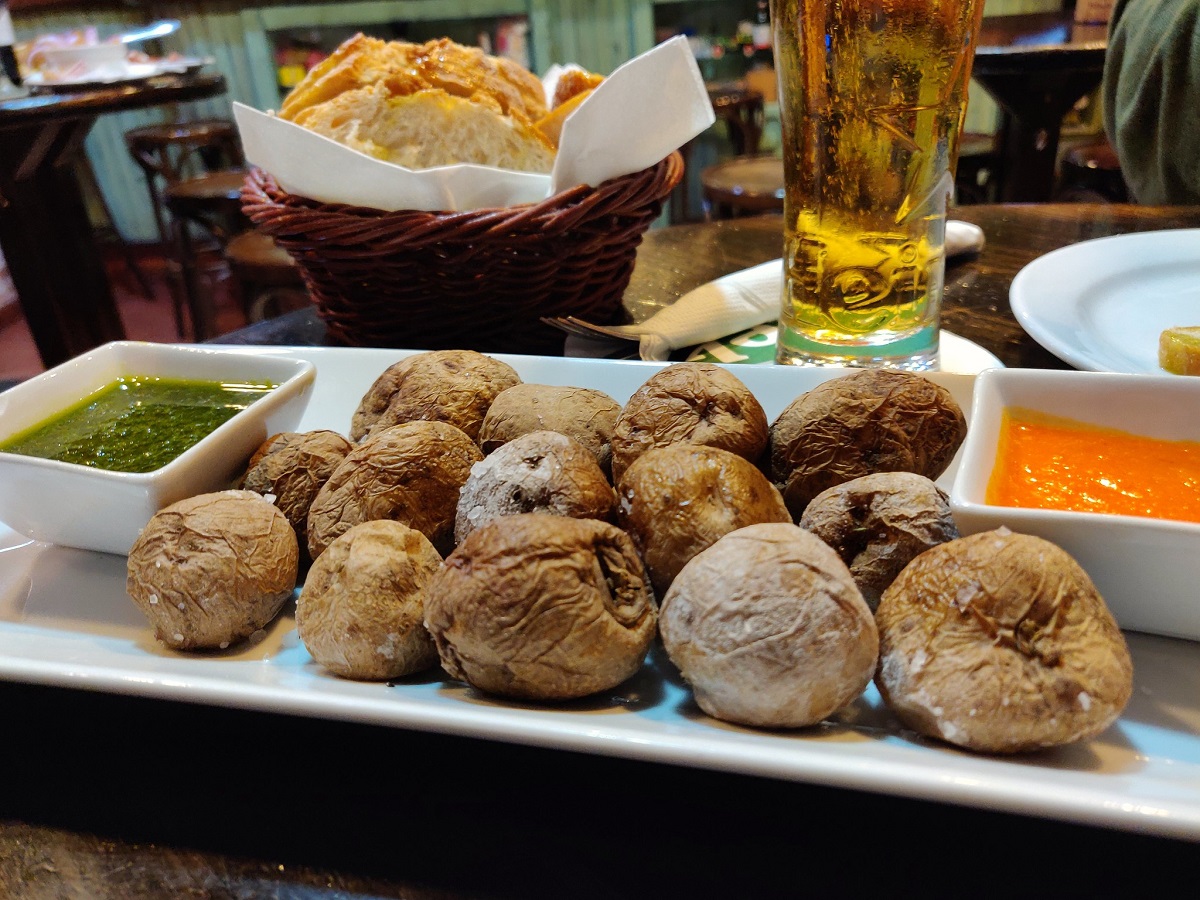
Cantabria
Another gem along the country’s lush northern coast, Cantabria’s gorgeous unspoiled shores and bountiful green forests may not look like the typical image of Spain you’re imagining. However, set aside your stereotypes and get ready to enjoy an unforgettable stay in this emerald jewel of a region, home to some of the heartiest tapas in Spain. Cantabria hasn’t caught onto the haute cuisine trend yet, so many tapas in the region stay true to their traditional roots.
Top tapas
Cantabrian milk is among the highest quality in all of Spain. As a result, there’s no better way to start off your tapas crawl than with a gorgeous plate of fresh local cheeses, such as queso de nata (rich, creamy cheese) and queso picón, a blue cheese made with cow’s, goat’s and sheep’s milk. From there, try some of the freshest seafood in Spain, straight from the Cantabrian Sea. You can never go wrong with some simple yet delicious boquerones.
What to drink
Cantabria’s most typical drink is orujo, a pomace brandy similar to Italian grappa. Locals prefer to drink it as a digestif after a hearty meal.
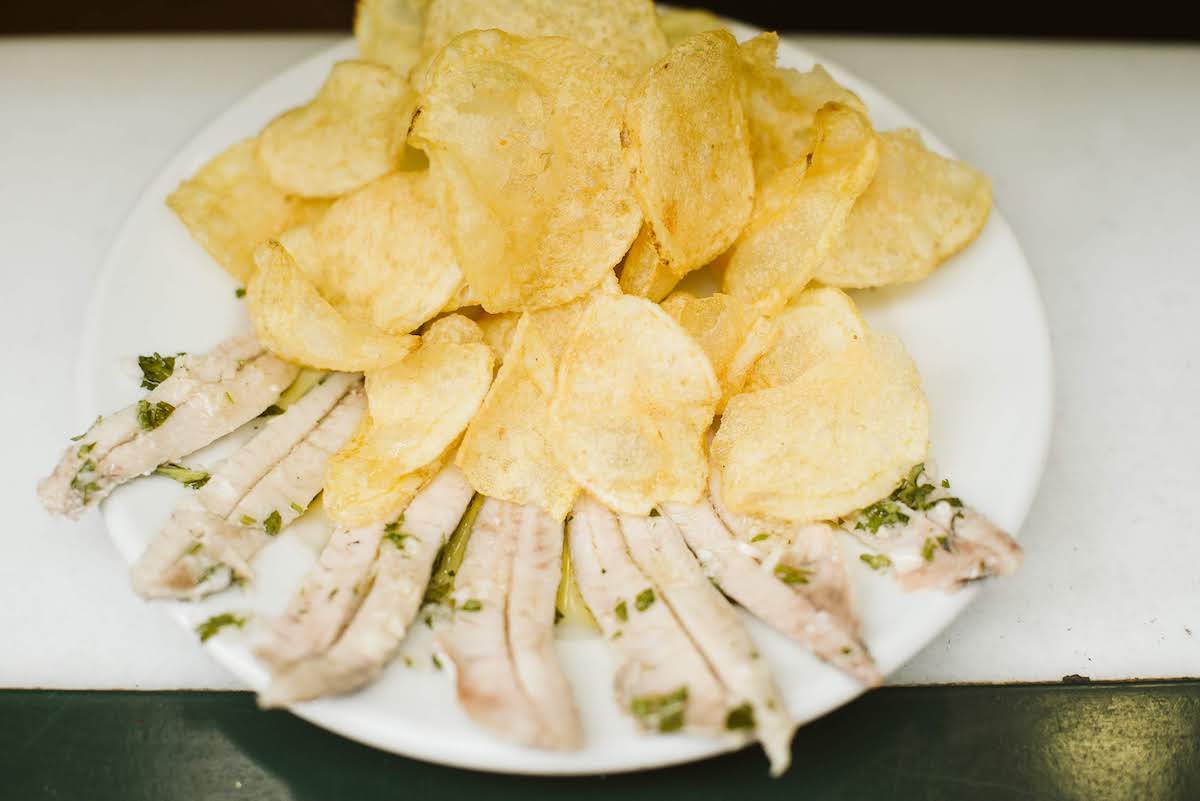
Castilla-La Mancha
Home of the legendary Don Quijote, iconic whitewashed windmills, and the historic town of Toledo, Castilla-La Mancha has a lot to offer in terms of culinary variety. Its geographic location right in the heart of Spain means that its cuisine features influences from Andalusia to the south, Valencia to the east, and more, in addition to homegrown recipes and cooking techniques. As a bonus, tapas here often come free with your drink (though not always).
Top tapas
We can’t talk about tapas in Castilla-La Mancha without queso manchego. Arguably Spain’s most well-known cheese, it’s best enjoyed in its homeland at a traditional tapas bar. For a heartier option, try pisto. Similar to ratatouille, this humble vegetable stew has been a regional favorite since Spain’s Moorish days.
What to drink
The region is home to five wine denominaciones de origen. In the past, wine from Castilla-La Mancha was considered lower quality table wine. However, producers in the region have improved their growing and production methods in recent years, resulting in excellent wines that should be on any aspiring sommelier’s radar.
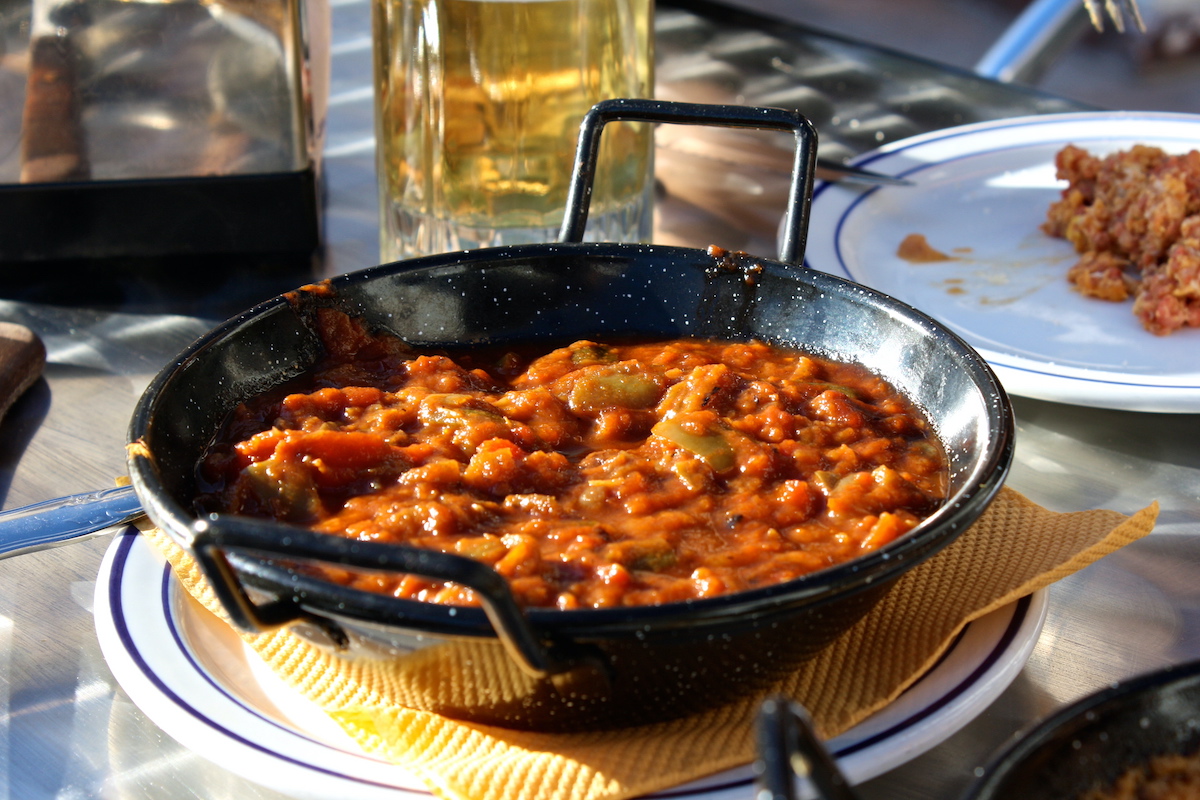
Castilla y León
As the largest autonomous region in the country, there’s no shortage of culinary delights in Castilla y León. The gastronomy remains quite similar throughout the region, with some provincial differences to keep things interesting. Despite its proximity to cosmopolitan Madrid, food here tends to verge more on the traditional side, though more innovation is happening every day. Cities like León, Salamanca, and Segovia are packed with tapas bars, many of which serve the tapas free with your drink.
Top tapas
Step out of your culinary comfort zone and try morcilla de Burgos. This black pudding infused with rice is a regional delicacy and is sure to pleasantly surprise even the most squeamish eaters. Castilla y León is also the largest producer of grains on the Iberian Peninsula, making it home to some of Spain’s highest quality bread. Use it to soak up the delicious sauces and juices left behind by your meal!
What to drink
Castilla y León is home to two of Spain’s most beloved wine regions: Ribera del Duero and Toro. The first is a smooth, lighter tasting red, while the latter is bolder and fuller bodied. Both go great with the region’s meaty tapas.
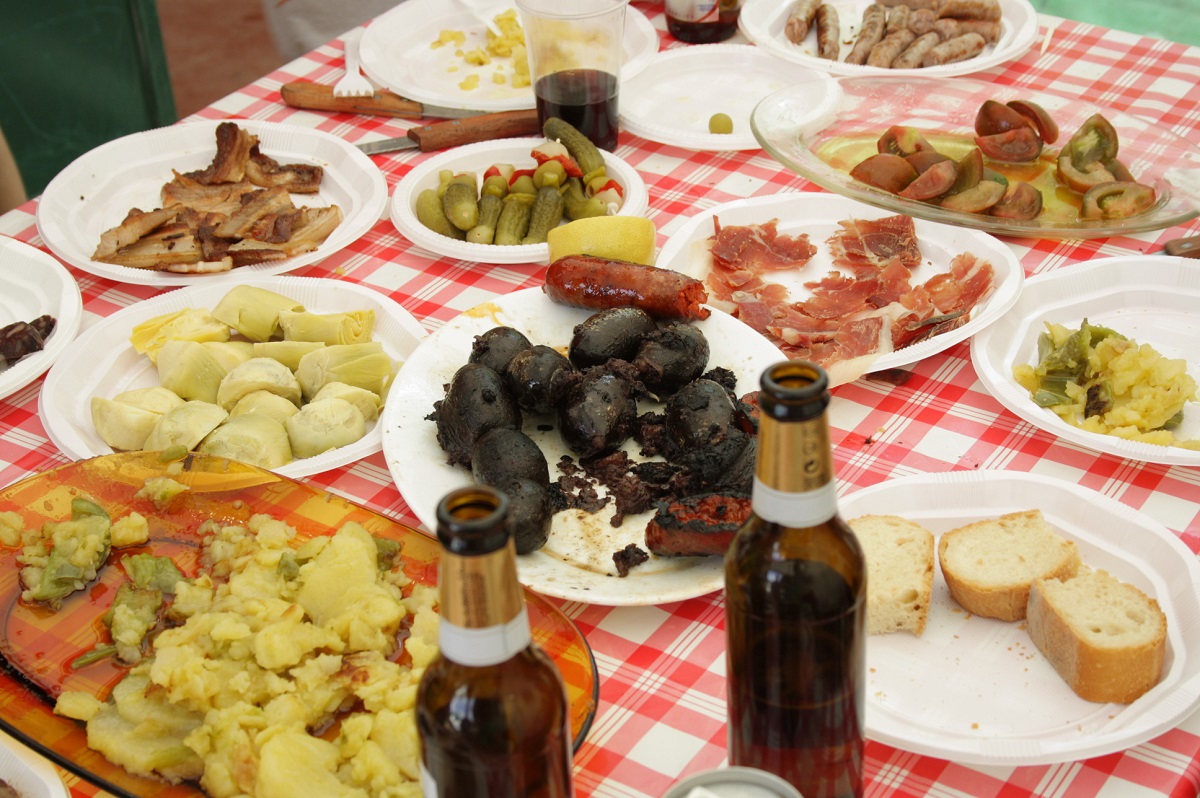
Catalonia
Catalan locals are proud of their individuality. That uniqueness transcends to the gastronomy of the region as well. Regional capital Barcelona is foodie paradise, but there’s no shortage of culinary gems to be found all throughout Catalonia. While the tapas don’t come free, they’re some of the highest quality dishes in Spain. And with such a unique local culture, a tapas crawl from bar to bar in any Catalan city is sure to have a different vibe as well.
Top tapas
As simple as it sounds, the Catalan staple of pan con tomate—bread with tomato—is one of the most ubiquitous and delicious tapas in the region. The keys here are crusty homemade bread and fresh, vine-ripened tomatoes. Another delicious local creation is the bomba. These “potato bombs” hail from Barcelona’s seaside district and could be thought of as an upgraded croquette. Potatoes and ground beef deep fried into a perfect little ball topped with bravas sauce and alioli—what’s not to love?
What to drink
Without a doubt, cava is the best accompaniment to tapas in Catalonia. The region is Spain’s foremost producer of the crisp sparkling wine. Unlike its more famous French cousin, however, you don’t need to wait for a special occasion to pop open the cava. Locals drink it with homemade meals at even the most rustic of bars.

Extremadura
Often overlooked in favor of nearby Andalusia and even next-door neighbor Portugal, Extremadura is home to unspoiled, rugged natural landscapes and some of the best traditional tapas in Spain. Cities like Cáceres and Mérida are practically untouched by mass tourism, yet are home to down-home tapas bars where locals enjoy the simple pleasure of good food in good company. Historically, bars have not given a free tapa with each drink order, but this is starting to change.
Top tapas
If you’re going to eat one thing in Extremadura, make it jamón ibérico. Yes, this staple of Spanish cuisine can be found everywhere, but this region is home to the best. Acorn-fed, free-range pigs and age-old curing techniques produce melt-in-your-mouth ham with a taste you’ll never forget.
What to drink
Extremadura is home to just one D.O.: Ribera del Guadiana. However, this lesser-known wine is a true hidden gem, and often found on some of the world’s most exclusive wine lists. Take advantage of your time in Extremadura and try it straight from the source!
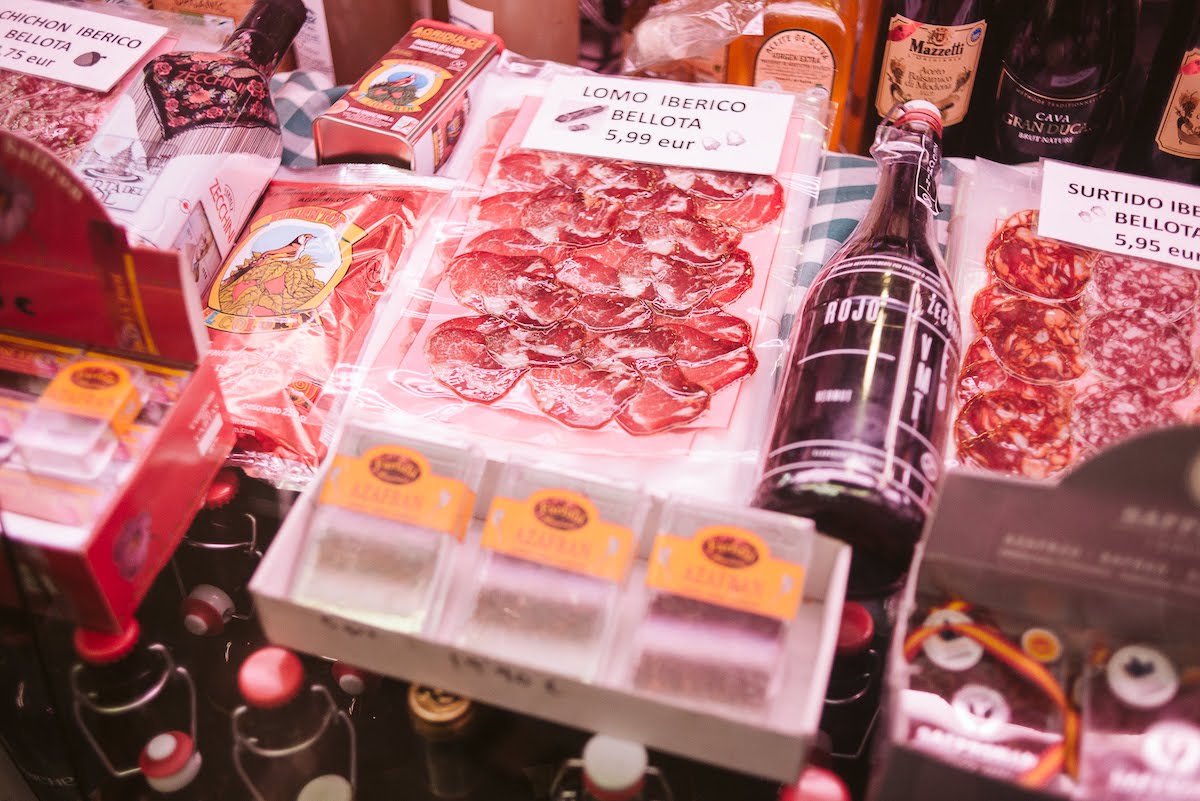
Galicia
Yet another addition to the boundless beauty that is northern Spain, Galicia’s gastronomy is an absolute must for foodies. Here, the focus is very much on quality rather than quantity of choices. While the tapas bars in Galicia may not offer as much variety as those in other parts of Spain, rest assured that the options that are available will be prepared with the finest attention to detail. The result: some of the best and simplest traditional tapas in Spain.
Top tapas
It’s made waves all over the country, but the iconic pulpo a feira has humble roots on the shores of seafaring Galicia. There’s not much to it: fresh octopus is boiled to perfection and seasoned simply with olive oil, salt and paprika. The result is one of the most popular tapas in Spain, best enjoyed right here in its homeland. Other local favorites are pimientos de padrón (be careful—most are mild, but some are spicy!) and the classic Galician empanada.
What to drink
In addition to exquisite white wines from D.O. Rías Baixas, Galicia is home to one of Spain’s most unique alcohols: café licor! That’s right—”coffee liqueur” could best be likened to iced coffee with an alcoholic kick.
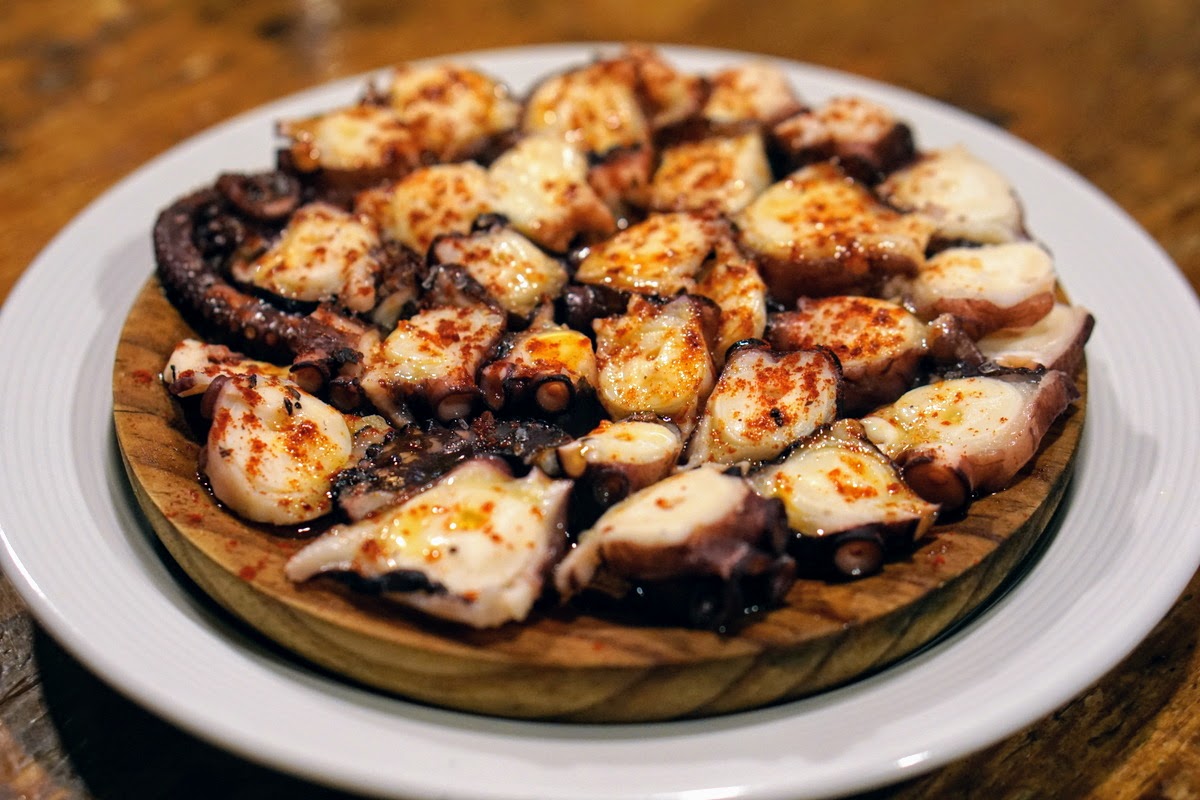
La Rioja
As Spain’s most iconic wine region, La Rioja has much to offer when it comes to great foodie finds as well. Tapas in La Rioja receive some influence from Basque pintxos in the north, but overall are totally unique. The capital, Logroño, is home to seemingly endless tapas and wine bars—talk about foodie paradise! What sets it apart is that many of the bars specialize in just one specific kind of tapa. That way, you can be sure that what you’re eating is of the utmost quality, since the recipe has been prepared to perfection.
Top tapas
The region’s famous red piquillo peppers are easily one of the most popular tapas in La Rioja. Lamb-based dishes and tapas are also quite common here. And of course, you can never go wrong with some perfect regional chorizo, which has more of a smoky spice that other chorizos throughout the country.
What to drink
Wine, wine, and more wine! Visiting La Rioja and not indulging in all the gorgeous local wine you can drink would practically be a sin. Your tapas crawl won’t be complete without it.
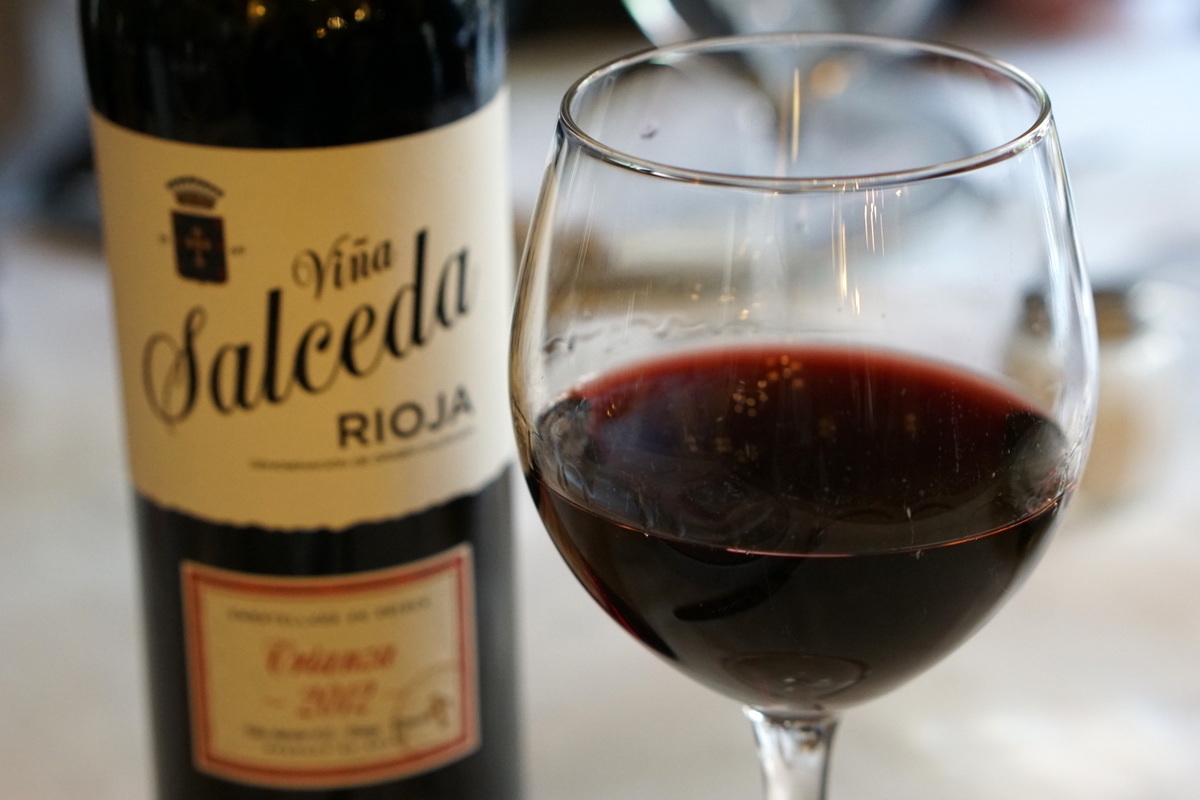
Madrid
As Spain’s vibrant and cosmopolitan capital, Madrid makes for one of the best places in the country to do tapas. Here, eclectic and innovative tapas are as easy to find as old-world traditional standbys. In the capital, certain neighborhoods such as La Latina are positively packed with tapas bars, but the foodie fun doesn’t stop in the city itself. Neighboring towns in the region of Madrid, such as Alcalá de Henares, are home to an incredible tapas culture in their own right. Not all bars serve free tapas, but those that do are among the most popular and well-known.
Top tapas
Gambas al ajillo—flash-fried shrimp in a sizzling garlic sauce—have become one of the most popular tapas in Spain. However, they have humble roots right here in Madrid! Despite being totally landlocked, Madrid is home to some of the freshest seafood in the country, and it doesn’t get much better than this fabulous shrimp tapa.
What to drink
There might not be anything more madrileño than the classic vermouth aperitif. Plus, if you go to some of the city’s more modern tapas bars, you’re sure to find a great selection of craft beer to wash down your meal.
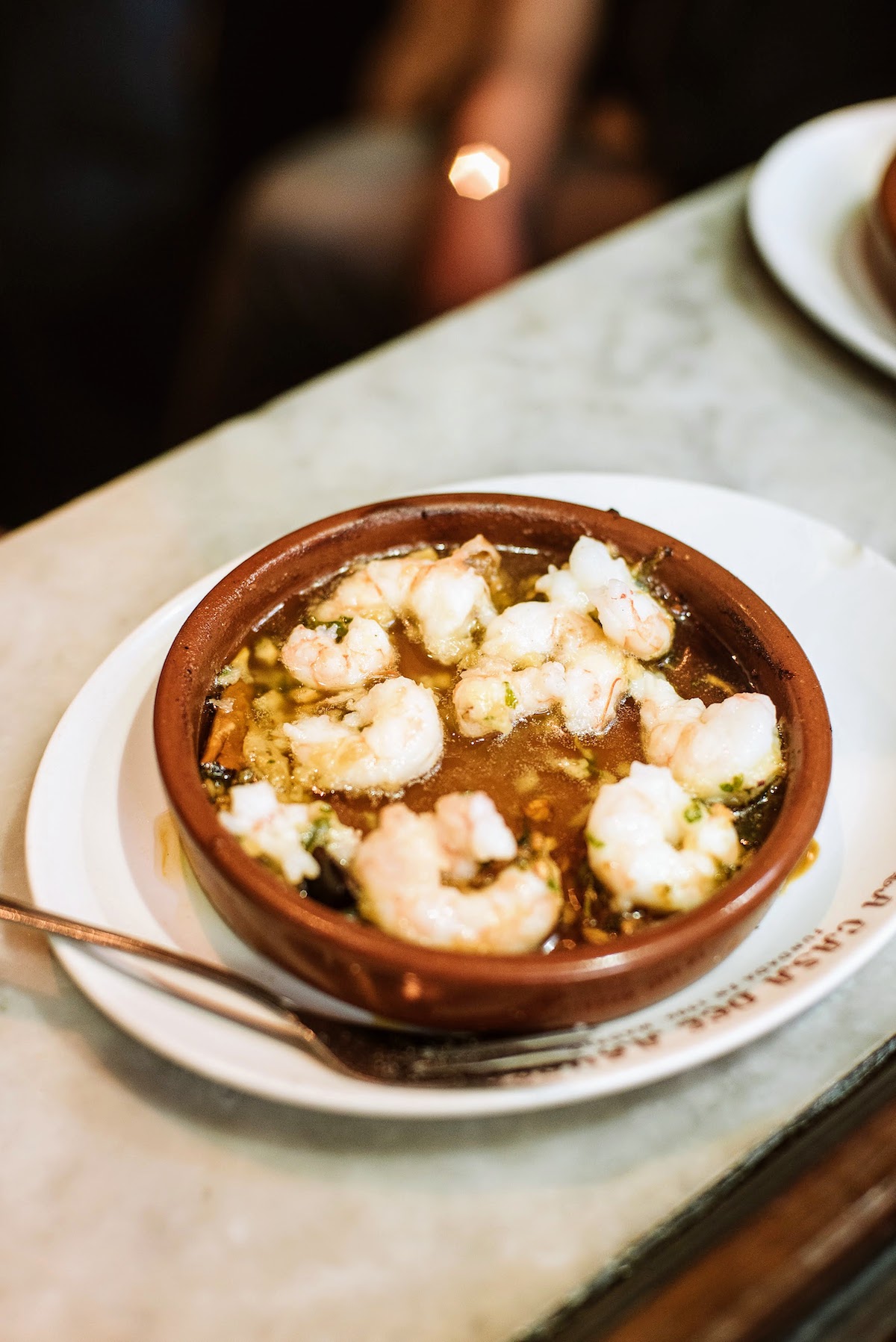
Murcia
This lovely little region in southeastern Spain may not get as much tourism as nearby Andalusia and Valencia, but those who don’t visit Murcia are certainly missing out. Murcian cuisine features some surprisingly fresh and innovative flavors that are sure to pleasantly surprise even the most well-traveled foodie. The beautiful weather and social culture mean that there’s no shortage of beautiful plazas and terraces lined with bars serving some of the best tapas in Spain.
Top tapas
Due to the region’s reputation as “Europe’s vegetable garden,” many dishes feature fresh, seasonal vegetables to complete the Mediterranean diet. Murcian-style pisto is a great meal to share among friends at a bar. Another thing to look out for are the rice dishes. Northern neighbor Valencia may get all the credit, but Murcia has their own style that is not to be missed! In addition to great paella, be sure to try arroz caldero cooked in flavorful homemade fish stock.
What to drink
Don’t overlook Murcia’s wines, either. Although not yet on international radar, there are excellent wine regions in Yecla, Bullas, and Jumilla. All three produce lovely reds, whites and rosés, though the reds are the most popular among locals.
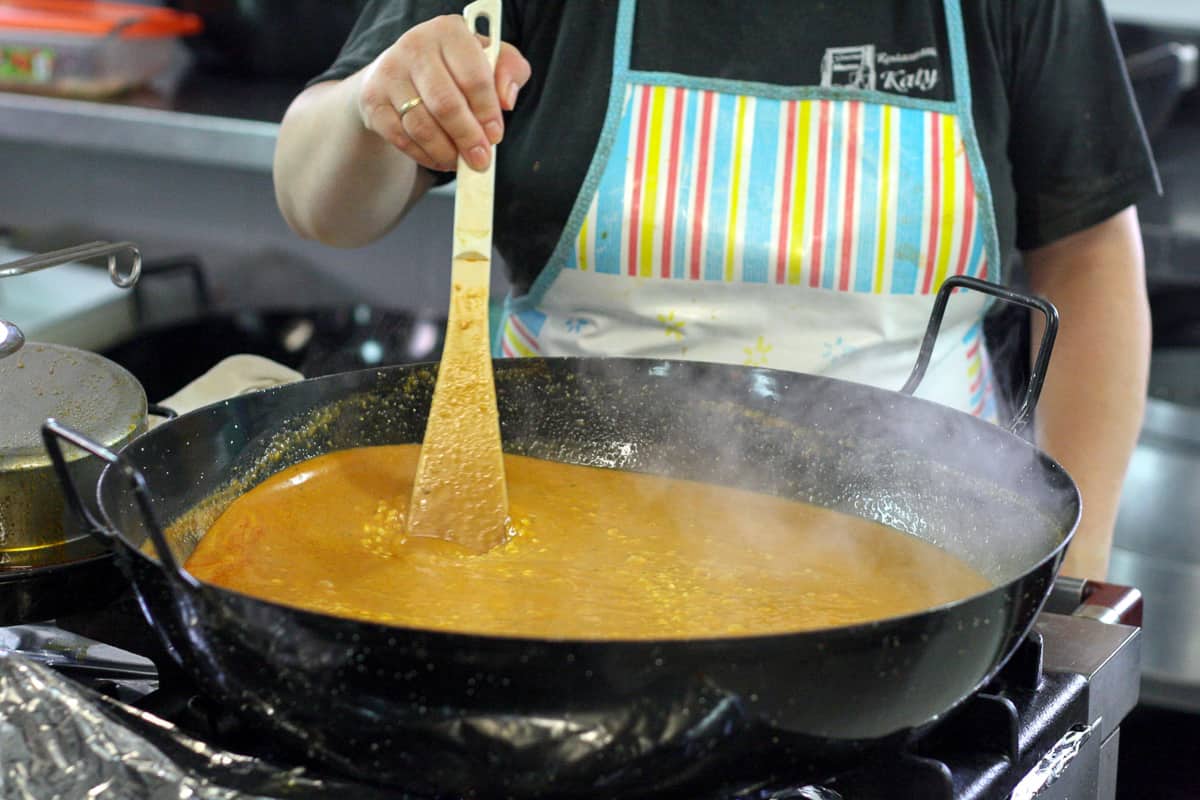
With influences from France, the Basque Country and more, it’s safe to say that Navarra’s gastronomy may be among the best in Spain. The region’s storied culinary tradition focuses on the social aspect of enjoying long, leisurely meals with family and friends. Tapas in Navarra place an emphasis on freshness and seasonal products to ensure the utmost quality. Keep in mind that in Navarra, tapas are often referred to as pinchos, borrowing the Basque word.
Top tapas
The region is known for its sharp, buttery roncal cheese made with sheep’s milk. Landlocked Navarra also prepares excellent seafood, especially when it comes to trucha a la navarra (Navarra-style trout). The fresh fish is simply seasoned and served with melt-in-your-mouth cured ham.
What to drink
A favorite local liquor is pacharán, made with wild berries native to the region. It is often served cold as a digestif. To accompany your meal, consider one of Navarra’s lovely regional wines.
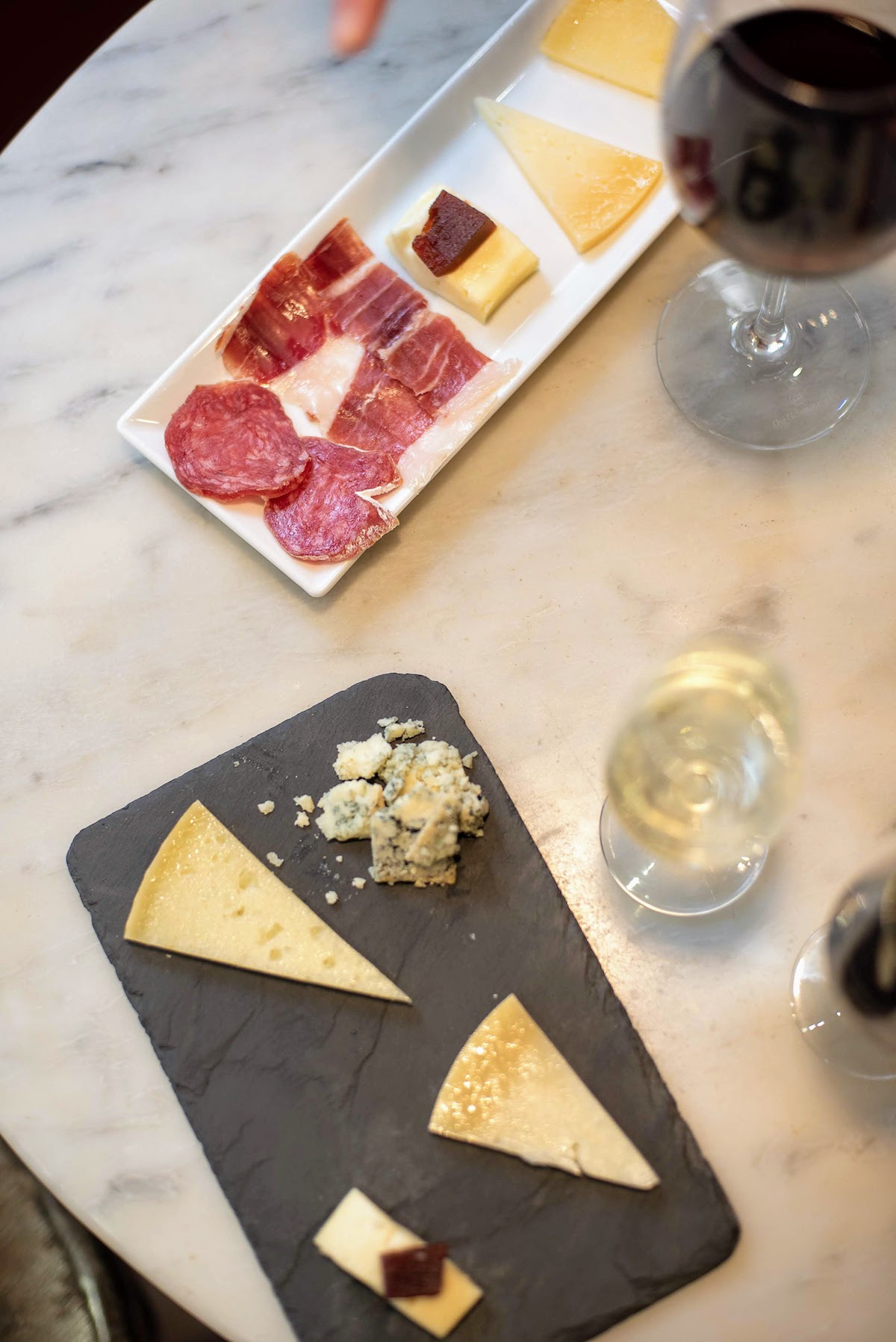
Some of the best cheese in the country comes from northern Spain, including Navarra.
Valencia
To round out our guide to tapas in Spain, we can’t forget about the sun-drenched easternmost province of the country. With a gorgeous Mediterranean climate and fun-loving bar culture, Valencia has made a name for its excellent cuisine as well. It’s not uncommon to see groups of locals crowded around tables to share plates of food and fun conversation. While Valencia may be more famous for its paella, its tapas culture deserves some love as well.
Top tapas
With miles of gorgeous Mediterranean coastline, in Valencia it’s all about the seafood. Juicy mussels and anchovies are simple enough, yet pack loads of delicious flavor. Another vibrant and colorful local tapa is esgarraet, a refreshing salad made with salt cod, peppers and plenty of olive oil. And of course, some places even serve paella in tapa form as well!
What to drink
Unique and undeniably Valencian, mistela is a sweet white wine that drinks like a liquor. The only hard and fast rule is that you must drink it cold. After your meal, skip the coffee and try a refreshing glass of horchata with your dessert. This vegan milk has gained notoriety in recent years, but has humble roots right in Valencia.
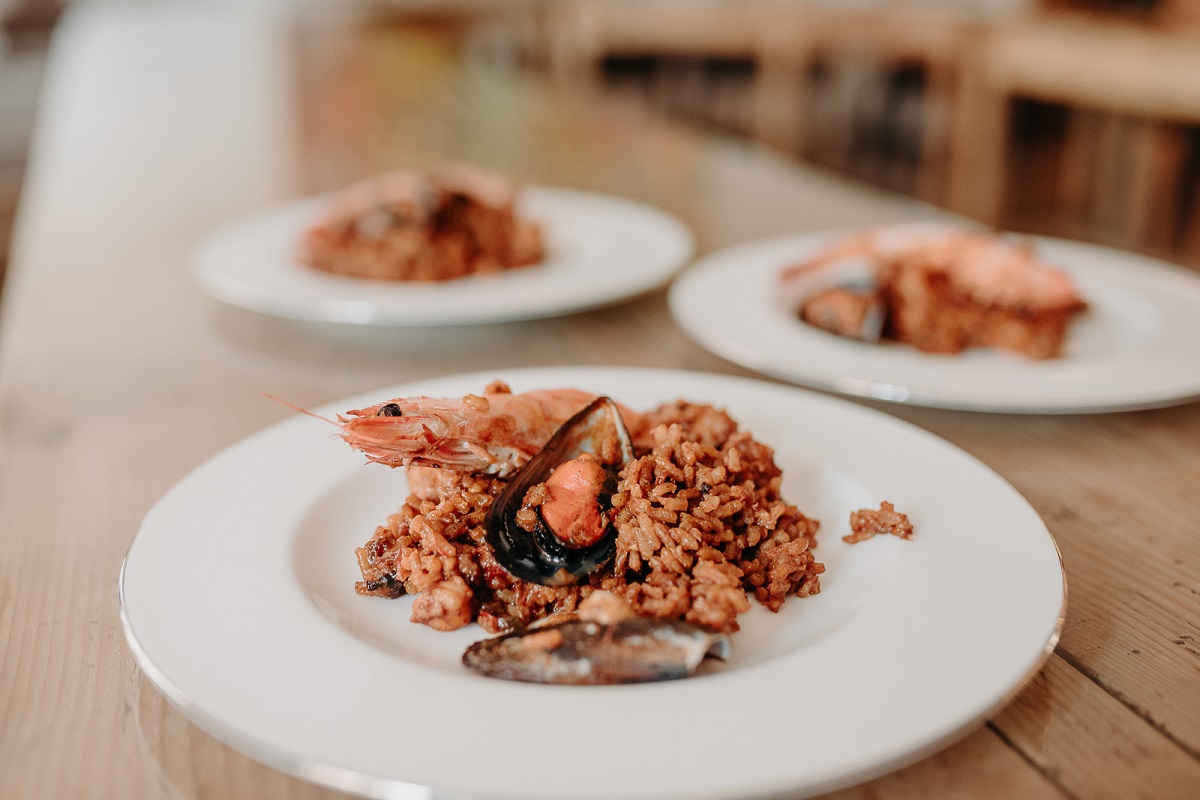
Devouring your way through Spain
Visitors to Spain might be tempted to suggest going out for tapas. That’s fine, but locals don’t simply go out—they do tapas. After all, you can go out for tapas at a Spanish restaurant in practically any major city in the world. However, it’s safe to say that Spain is the only country in the world where you can do tapas as they were meant to be experienced. The art of tapas goes far beyond the food itself. It’s the fun conversation among a group of friends all talking over each other; it’s the age-old family-run bars that have been serving up local favorites for generations. Tapas culture is everything we love about Spain itself.
Before you head out to eat, you’ll want to have an idea of what you’re doing. (Crowded tapas bars can be intimidating, after all!) The specifics can vary by location, but here are some tips on what you can generally expect when it comes time to order tapas in Spain. Dig in!
As you can see, every region of Spain holds incredible culinary treasures! Learn the true art of a tapeo right here in Madrid when you join us on our Tapas, Taverns & History Tour.
Throughout the fun-filled evening, you’ll visit four of the city’s best-loved tapas bars, each more different than the last. Learn what to order, how to order it and how to enjoy this integral part of Spanish culture like a born-and-bred madrileño!









Can you suggest a good cookbook for Tapas in all these regions? Is there one book for all of them? TY! Also, do you suggest a good cookbook for Spanish food? TY!
Hi there,
Some excellent cookbooks that include many regional recipes from all over Spain are Claudia Roden’s “The Food of Spain” and anything by Penelope Casas, especially “¡Delicioso! The Regional Cooking of Spain.” We here at Devour have also published two digital cookbooks that include recipes from Spain: https://devourtours.com/cookbook/ and https://devourtours.com/holiday-cookbook/ — the latter is specifically focused on Spanish food 🙂
Happy cooking!